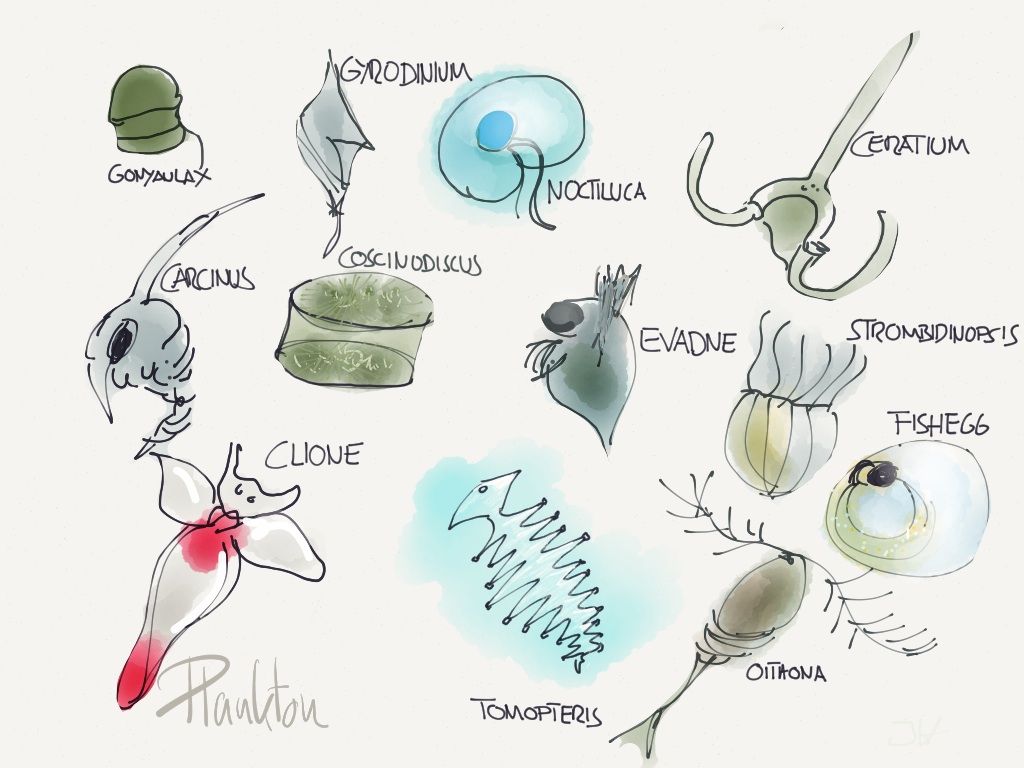How to draw zooplankton
Table of Contents
Table of Contents
If you’re interested in learning how to draw phytoplankton, you’re not alone! These tiny, plant-like organisms are fascinating to observe, and they play a vital role in the health of our planet. In this article, we’ll explore the basics of how to draw phytoplankton, including the different types of phytoplankton, the tools you’ll need to get started, and some tips and tricks to make your drawings look more realistic.
Learning how to draw phytoplankton can be a challenge, especially if you’re new to drawing or don’t have much experience with this type of subject matter. You might be struggling to get the proportions right, or finding it difficult to capture the delicate, translucent quality of these organisms.
Fortunately, with a little bit of practice and some helpful tips, anyone can learn how to draw phytoplankton. To get started, you’ll need a few basic supplies, including a sketchbook, pencils, and erasers. You might also consider investing in some colored pencils or pens if you want to add some extra color and detail to your drawings.
To draw phytoplankton, you’ll need to study these organisms carefully and pay attention to the details. Look for reference photos and illustrations online to get a sense of the different shapes, sizes, and textures of phytoplankton, and try to capture these elements in your own drawings.
My Experience with Drawing Phytoplankton
As an artist who specializes in marine life, I’ve spent a lot of time studying and drawing phytoplankton. I find these tiny organisms fascinating, and I love the challenge of capturing their delicate forms on paper.
One thing I’ve learned is that it’s important to focus on the details when drawing phytoplankton. These organisms have complex shapes and textures, and it can be easy to miss some of the subtler elements if you’re not paying close attention.
Another tip I would offer to anyone learning how to draw phytoplankton is to experiment with different types of pencils and shading techniques. By varying the pressure and angle of your lines, you can create a range of different effects and textures that will make your drawings look more realistic and dynamic.
Tips for Drawing Phytoplankton
Here are a few more tips to keep in mind as you learn how to draw phytoplankton:
- Start with basic shapes, like circles and triangles, and build from there
- Use reference photos and illustrations to guide your work
- Pay close attention to the details, like the number of tentacles or the shape of the cell wall
- Experiment with different types of pencils and shading techniques to create texture and depth
- Don’t be afraid to make mistakes – learning to draw phytoplankton takes time and practice!
Different Types of Phytoplankton
There are many different types of phytoplankton, each with its own unique shape, size, and characteristics. Some common types of phytoplankton include:
- Diatoms
- Dinoflagellates
- Coccolithophores
- Blue-green algae
Each of these types of phytoplankton requires a slightly different approach when drawing, so be sure to study each one carefully and pay attention to the details.
Drawing Phytoplankton in Color
If you want to add some extra color and depth to your phytoplankton drawings, consider using colored pencils or pens. You can use these tools to create different shades and hues that will help bring your drawings to life.
One technique I like to use when drawing in color is to layer different shades of pencil to create a more three-dimensional effect. Start with a light layer of color, and then gradually build up darker shades to create shadows and highlights.
Questions and Answers
Q: Is it difficult to learn how to draw phytoplankton?
A: Like any skill, learning how to draw phytoplankton takes time and practice. However, with some patience and dedication, anyone can learn to draw these fascinating organisms.
Q: What kind of tools do I need to draw phytoplankton?
A: To get started, you’ll need a sketchbook, pencils, and erasers. If you want to add color to your drawings, consider investing in some colored pencils or pens.
Q: What are some tips for drawing Phytoplankton in color?
A: Consider using colored pencils or pens. You can use these tools to create different shades and hues that will help bring your drawings to life. One technique to use when drawing in color is to layer different shades of pencil to create a three-dimensional effect. Start with a light layer of color, and then gradually build up darker shades to create shadows and highlights.
Q: How important is it to pay attention to the details when drawing phytoplankton?
A: Paying attention to the details is vital when drawing phytoplankton. These organisms have complex shapes and textures, and capturing these subtle elements is essential to creating a realistic and accurate drawing.
Conclusion of How to Draw Phytoplankton
Learning how to draw phytoplankton can be a rewarding and challenging experience. By taking the time to study these organisms carefully and paying attention to the details, anyone can create realistic and engaging drawings of phytoplankton. Remember to experiment with different tools and techniques, and don’t be afraid to make mistakes – with some patience and practice, you’ll be well on your way to becoming a skilled phytoplankton artist!
Gallery
Plankton Vector Aquatic Phytoplankton And Planktonic Microorganism

Photo Credit by: bing.com / phytoplankton plankton plancton fitoplancton zooplankton phytoplancton organisme planktonic zooplancton microscope fytoplankton microrganismo microbiology aquatique krill vatten aquatic microorganism microscopio klimaatverandering
Plankton Drawing At GetDrawings | Free Download

Photo Credit by: bing.com / plankton drawing getdrawings
How To Draw Phytoplankton Printable Drawing Sheet By

Photo Credit by: bing.com / phytoplankton draw drawing step printable drawingtutorials101 sheet choose board drawings paintingvalley
How To Draw Zooplankton

Photo Credit by: bing.com /
A Simple Plankton Taxonomy | Download Scientific Diagram

Photo Credit by: bing.com / plankton taxonomy phytoplankton scientific






